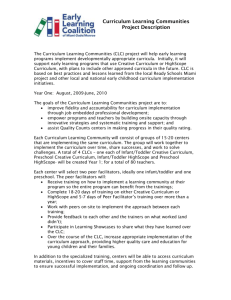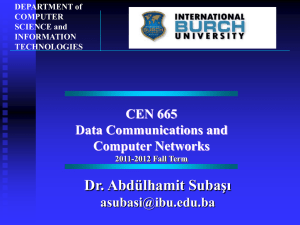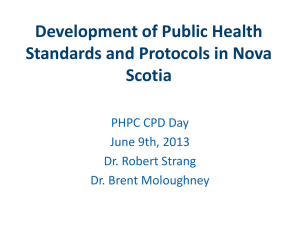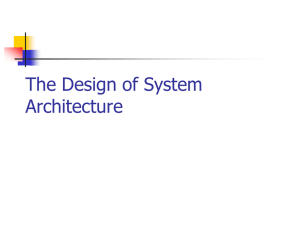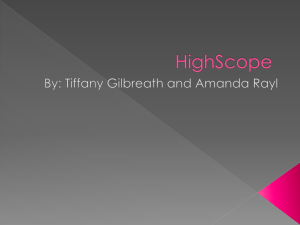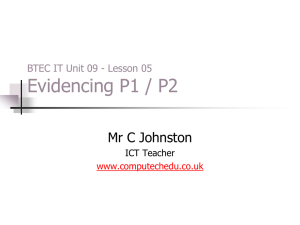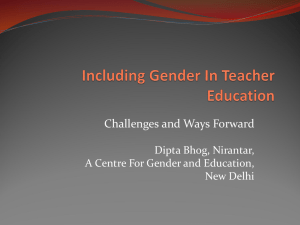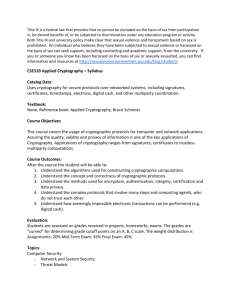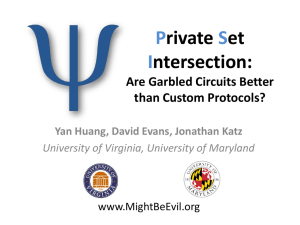Curriculum-Learning-Communities-Overview
advertisement
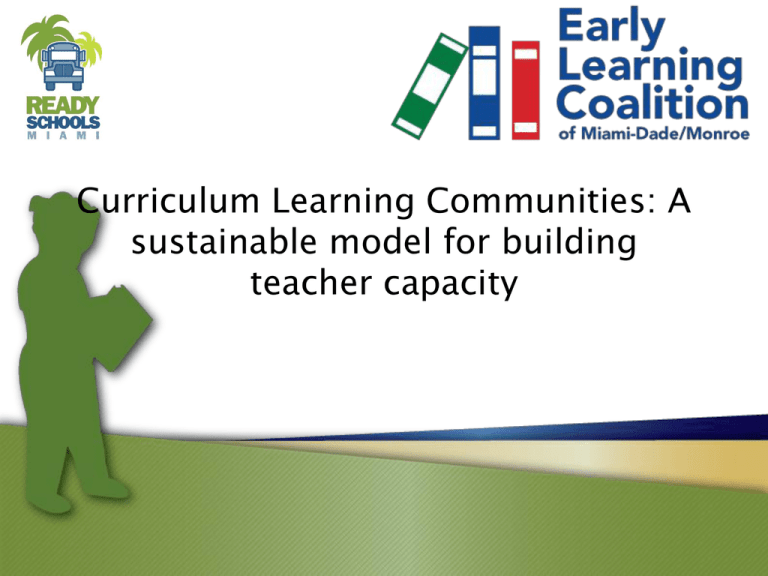
Curriculum Learning Communities: A sustainable model for building teacher capacity ELC Mission & Vision Mission To promote high-quality school readiness, voluntary prekindergarten and after school programs, thus increasing all children’s chances of achieving future educational success and becoming productive members of society. The Coalition seeks to further the physical, social emotional and intellectual needs of Miami-Dade and Monroe County children with a priority toward the ages before birth through age 5. Vision To ensure a comprehensive and integrated system providing for all families and their children, beginning before birth to five years the affordable opportunity to enter school ready to learn and succeed in life. Curriculum Learning CommunitiesOur goals • Improve fidelity and accountability for curriculum implementation through job embedded professional development; • Empower programs and teachers by building onsite capacity through innovative strategies and systematic training and support; and • Assist Quality Rating and Improvement System (Quality Counts) programs in making progress in their rating. Challenge • To provide effective curriculum training which is: – Supportive – Job-embedded – Curriculum focused – Collaborative – Ongoing to early childhood professionals in Miami-Dade Our Strategy • Combine best practices and lessons learned from: – comprehensive, research-based early childhood curricula (HighScope, Creative Curriculum) – Ready Schools Miami work and job-embedded master’s program – other curriculum implementation trainings • Create a cost-effective, efficient, and scalable model for curriculum training Curriculum Learning Communities Model Components of learning communities National School Reform Faculty – Developed protocols for educators to improve their practice to impact student learning – Categories of Protocols: • • • • • Building community Learning from Text Learning from Student (Child) and Adult Work Learning from Dilemmas Learning from School and Classroom Visits www.nsrfharmony.com Professional Development – 4 days for program directors on curriculum and protocols (2 days up front and 2 days around month 6) – 5-day Facilitating Learning Communities session for peer facilitators (3 days up front and 2 days around month 6) – 18-20 days specialized curriculum sessions for peer facilitators over 10-12 months Work between trainings – On-site Learning Community and homework between trainings – Directors meetings to strengthen collaboration and address concerns – Work as a PFLC to assess what worked/didn’t and provide feedback to trainer The ELC and its partners provide: – All training and orientation sessions; – Curriculum materials; – Incentives to participating centers to help cover staff time; – Support of all learning communities to ensure successful implementation and adjust strategies as needed; – Ongoing coordination and follow up. During Year 1 (2009-2010): • 37 Centers, 74 teachers, 22 community members from QC, MDC, MDC-CDS • Provided curriculum materials and onsite support for teacher planning and the curriculum learning communities • Distributed FLIPs to participating teachers to support reflective practice, interaction between teachers and online support using technology Steps for Year 2 (2010-2011): • Working with 60 centers-20 continuing, 40 new • Continue to build on-site capacity with use of protocols • Embed use of NSRF protocols and principles of learning communities in other trainings in the community to gain synergy • Work closely with Quality Counts in curriculum implementation standards Steps for Year 3 (2011-2012) For teachers and directors: • Working with 60 centers • Continue to build on-site capacity with use of protocols • Build web-based support for cohort 1 & 2 to ensure sustainability • Embed use of NSRF protocols and principles of learning communities in other trainings in the community to gain synergy • Design and implement collaboration with MDCPS/teacher fellows program (guided inquiry approach) Steps for Year 3 (2011-2012) For Leadership Cadre • Develop facilitation skills of 8 support team members through presented PF sessions • Train 25 participants using HighScope Trainer of Trainer model Evaluation • Pre-post assessments using: – ARNETT (infant), CLASS (preschool) – Program Quality Assessment-PQA (HighScope ) – Creative Curriculum Implementation Checklist (Creative Curriculum) – Program culture survey (all staff) – Focus groups (directors, teachers and trainers) – ITERS and ECERS on QC programs • Indirect impact from Y1(not formally assessed): – Teachers’ working on higher level degrees (CDA, AA, BA) – PF designated to higher level positions in their centers i.e. curriculum specialist, director – More demand from centers for training and identification with curriculum What teachers and directors say… • We share and develop productive and supportive relationships with our group. • We are working together exchanging ideas and sharing materials. • The tools that we have learned regarding curriculum have been of great value. It’s wonderful to see people working together and willing to learn. • The CLC is one of the best things that happened to staff and to our center. We are eager to start a second year. • We can see how beneficial consistent ongoing training can be. I am excited to be involved with CLC. • It’s a great opportunity. It empowers staff and brings communities together. Any questions?
